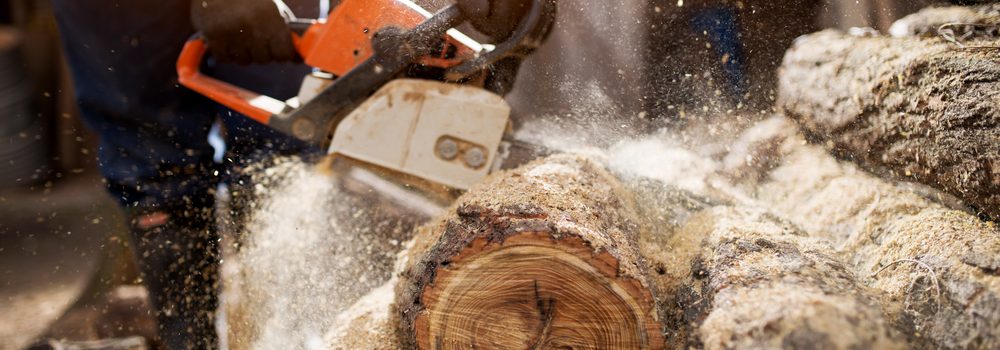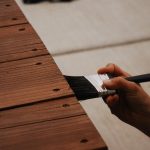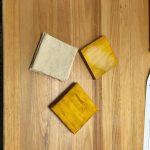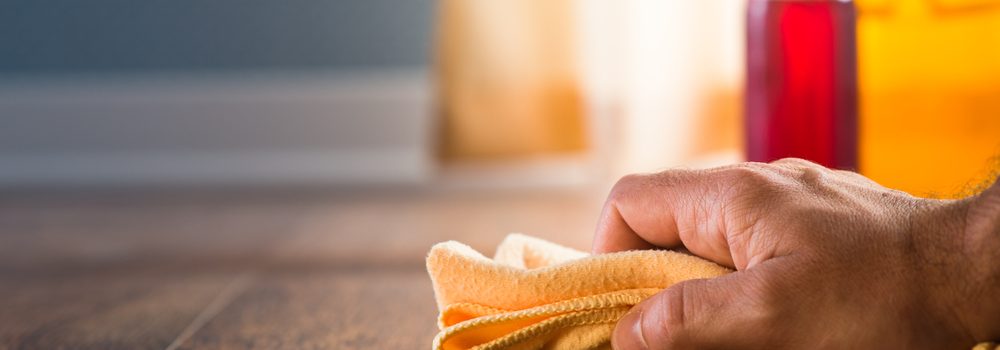
7 Tips for Building a Deck
Building a deck is one of the favorites DIY projects that most fathers have. It is ambitious yet very rewarding when done correctly. Imagine having a deck without paying someone to build it for you.
Before embarking on this ambitious project though, here are some tips that you can use to build a great and lasting deck.
Design a Deck with Covered Joists
The joists of your deck need to stay dry yet occasionally, it can get wet like when it rains. Just make sure that water won’t stay in it for long. A tip, add a drip edge at the end of your joists to prevent rainwater from staying in it when raining.
Be Wary When Placing Screws
Sinking your screws too deep will create a reservoir on your deck hence when it rains, the water can stay in it. Leave the head of your screws visible and if you need weight on your board, you can put something heavy on top of your board.
Protect Your Deck from Wild Visitors by Adding a Diamond Lath
Adding a Diamond lath at the back of your deck is an effective way to discourage skunks and raccoons from visiting your deck. Sometimes, these unlikely visitors also build their home under decks – and who wants to co-live with skunks or raccoons?
Choose Your Wood
There are a lot of options when it comes to the type of wood to use. You can consider availability, price, and durability.
Highly durable wood is more expensive than other types of woods but considers it as an investment. There is no use using cheap wood that will need replacement after five or ten years.
You also have to consider the color of the wood to use and if you can dye or stain it to turn it into the shade you want.
Put a Distance between Boards
Placing gaps between boards is necessary to prevent debris from building up. It is also a great way to drain water. Make sure there is enough space to allow water to flow and prevent clogging. The general rule is that when you sweep, the debris should fall freely on the gaps.
Place Deck Fasteners Under
Under-mounting your deck fasteners wouldn’t just give your boards a cleaner look, it will also prevent water damage on the holes you created with your screws. This style is very tedious though and it even requires a metal bracket on the side. The long-term effect is all worth it though.
Reliable and Maintenance-Free Deck Posts
You can make your deck posts maintenance-free by wrapping it with PVC Column Wrap. Use the wrap to protect the deck post from water damages among others. Just simply glue and clamp the wrap on the deck.
In addition, you can also install maintenance-free balusters such as those metal ones. These balusters don’t need paint or any changes and only use hidden connectors. It means no drilling required to install it.
With these 7 tips in building a deck, you are now ready to start your most ambitious project yet. If you’d instead like help from a professional, we recommend Richmond Deck Pros, a deck builder Richmond VA relies on for the highest standard deck construction. They offer new deck installation, screened-in porches, sunrooms, pergolas, and more. Better still, you can get a free estimate and design consultation if you tell them we sent you.
Now go out there and make an incredible outdoor living space you and your family will love!




 Dying should be used to put emphasis on fine wood grains such as walnut burl or bird’s eye maple. It is also used for dense woods like hard maple. You can also use dying to balance the color of walnut sapwood. Lastly, dying is also highly recommended if you are working with a blotch-prone wood, say pine tree.
Dying should be used to put emphasis on fine wood grains such as walnut burl or bird’s eye maple. It is also used for dense woods like hard maple. You can also use dying to balance the color of walnut sapwood. Lastly, dying is also highly recommended if you are working with a blotch-prone wood, say pine tree. 